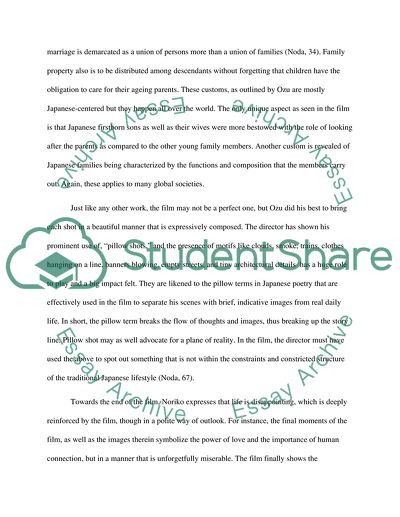Cite this document
(“Asian Humanities: the Film Tokyo Story Essay Example | Topics and Well Written Essays - 1500 words”, n.d.)
Retrieved from https://studentshare.org/visual-arts-film-studies/1671626-asian-humanities
Retrieved from https://studentshare.org/visual-arts-film-studies/1671626-asian-humanities
(Asian Humanities: The Film Tokyo Story Essay Example | Topics and Well Written Essays - 1500 Words)
https://studentshare.org/visual-arts-film-studies/1671626-asian-humanities.
https://studentshare.org/visual-arts-film-studies/1671626-asian-humanities.
“Asian Humanities: The Film Tokyo Story Essay Example | Topics and Well Written Essays - 1500 Words”, n.d. https://studentshare.org/visual-arts-film-studies/1671626-asian-humanities.


